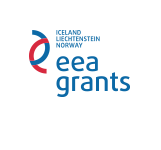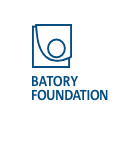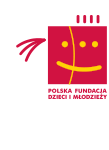Watchdog activity over public tenders for public opinion polls
Public scrutiny
Completed
mazowieckie
Warszawa
2014-03-01 - 2015-03-31
86 933,51 PLN
77 133,51 PLN
education system
Project description
According to the demand for "administration based on knowledge", decisions by public officers should be taken based on reliable information. The information mainly come from questionnaire surveys commissioned by institutions under public tenders. According to experts, the quality of questionnaire surveys commissioned in this way is unsatisfactory because the only criterion used in public tenders is the lowest price. Public officers preparing the tenders are often unaware of the importance of other factors for the quality of survey results.
The aim of the project was to improve the quality of public tenders for questionnaire surveys, and thus to enhance the effectiveness of decisions concerning public policies.
As a result of the implementation of the project, a base of public tenders for questionnaire surveys together with their evaluations was created, as well as a guidebook for institutions commissioning the surveys. 65 public institutions received individual tender analyses and information where to find support in commissioning surveys. 30 public officers dealing with commissioning the surveys enhanced their knowledge on criteria used in tenders for surveys.
103 public tender announcements from 65 institutions were controlled. For every tender, experts analysed the description of the object of the order (OPZ), and specifications for the material conditions of the order (SIWZ). Analyses in the form of Evaluation Cards for the Order were forwarded to controlled institutions. 14 interviews with officers responsible for orders were led. Based on the analyses and interviews, 2 half-year reports were prepared containing guidelines for commissioning questionnaire surveys, as well as a scenario for a training for public officers. The final conference gathered approx. 50 persons, including representatives of central institutions.
Direct beneficiaries of the project were central public institutions (65).
We use the grant for capacity building
The aim of the project was to improve the quality of public tenders for questionnaire surveys, and thus to enhance the effectiveness of decisions concerning public policies.
As a result of the implementation of the project, a base of public tenders for questionnaire surveys together with their evaluations was created, as well as a guidebook for institutions commissioning the surveys. 65 public institutions received individual tender analyses and information where to find support in commissioning surveys. 30 public officers dealing with commissioning the surveys enhanced their knowledge on criteria used in tenders for surveys.
103 public tender announcements from 65 institutions were controlled. For every tender, experts analysed the description of the object of the order (OPZ), and specifications for the material conditions of the order (SIWZ). Analyses in the form of Evaluation Cards for the Order were forwarded to controlled institutions. 14 interviews with officers responsible for orders were led. Based on the analyses and interviews, 2 half-year reports were prepared containing guidelines for commissioning questionnaire surveys, as well as a scenario for a training for public officers. The final conference gathered approx. 50 persons, including representatives of central institutions.
Direct beneficiaries of the project were central public institutions (65).




